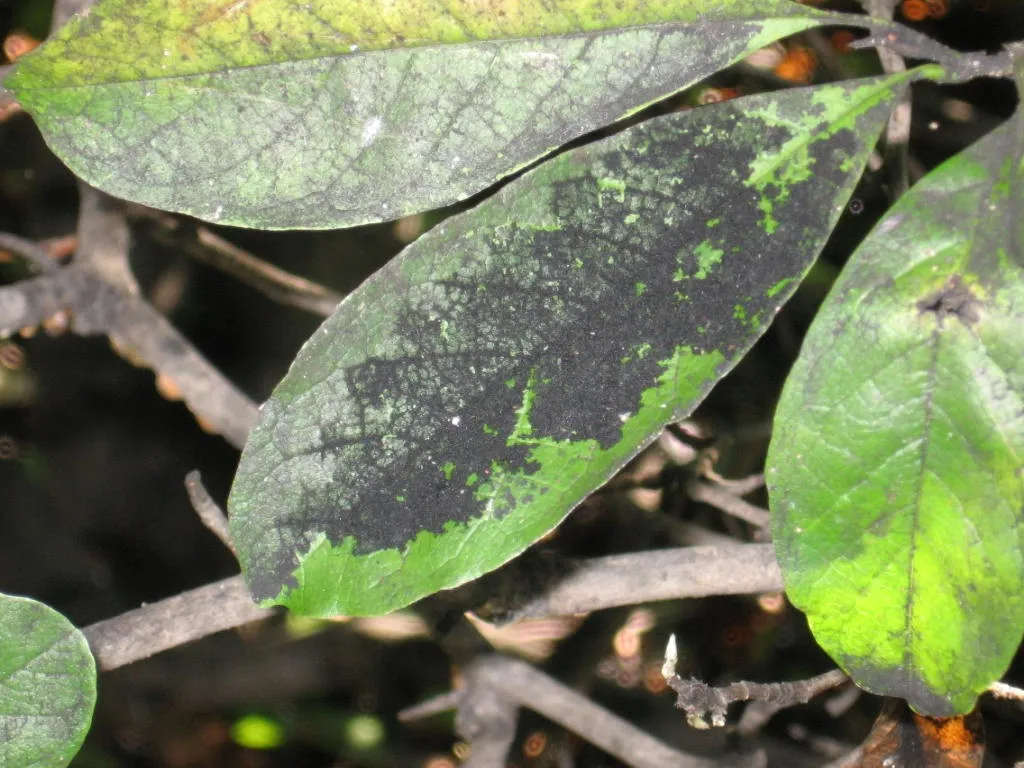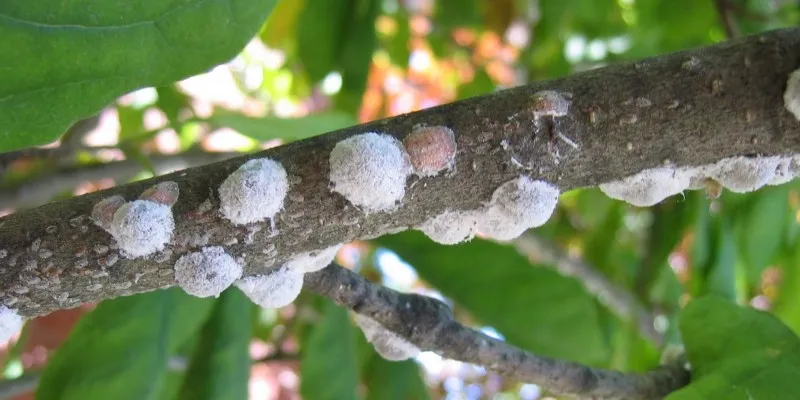Neolecanium Cornuparvum
As its common name suggests, Magnolia scale, Neolecanium cornuparvum, is a frequent pest of magnolia trees and other Ornamentals- including Little Gem Magnolias, Tiny Bear Magnolias, and even the Cucumber Tree. These large, easily seen insects cause damage to trees by attaching themselves to the tree’s vascular system and feeding on the sap. They can kill entire branches and weaken the tree as they deprive the tree of it's nutrients. Branches are often black with mold that grows on the insects’ excrement, which is known as 'honeydew' or 'black sooty mold'. This sticky substance attracts dust and dirt from the air, often covering it's own leaves and leaves around the affectd tree with black sooty mold.

Gainesville Magnolia Scale Treatment Strategy
Treating magnolia scale requires persistence and several treatments. There isn't a one-time cure-all to solve the issue. Typically, a mixture of sprayed treatments and soil-applied systemic insecticides will have the most success in controlling this pest. Once control is reached - usually in the first year - maintenance with soil-applied insecticides is required regularly to keep them from coming back.
When Temperatures are in the lower 70's, we treat the entire tree with a horticultural oil that is pesticide-fee and provides organic-based control to provide protection to the tree. Systemic insecticides have to be used once the temperatures rise, that get soaked up by the root system. A few treatments of both in intervals typically is the best control method once the scale is causing noticeable damage to the tree.
How Is It Spread?
Magnolia scale produce one generation each year. Females produce eggs from mid-summer to fall. These eggs hatch in August through October. The young scale – known as crawlers – move to one- to two- year-old branches where they feed, grow a protective shell, and overwinter. Feeding resumes as leaves emerge the following spring, producing a large amount of honeydew. As summer approaches, the females lay eggs and then die, leaving behind their hollow brown shell that persists on the plant for months.
Symptoms
• Sticky honeydew and sooty mold on leaves and items underneath the infested tree.
• Dwarfed or stunted growth on infested twigs.
• Branch decline on severely infested branches of the tree.
Related Symptoms to watch out for
Sooty mold
Tree Health decline
Timing
Year-round
Urgency
High
Risk Of Spreading
High


